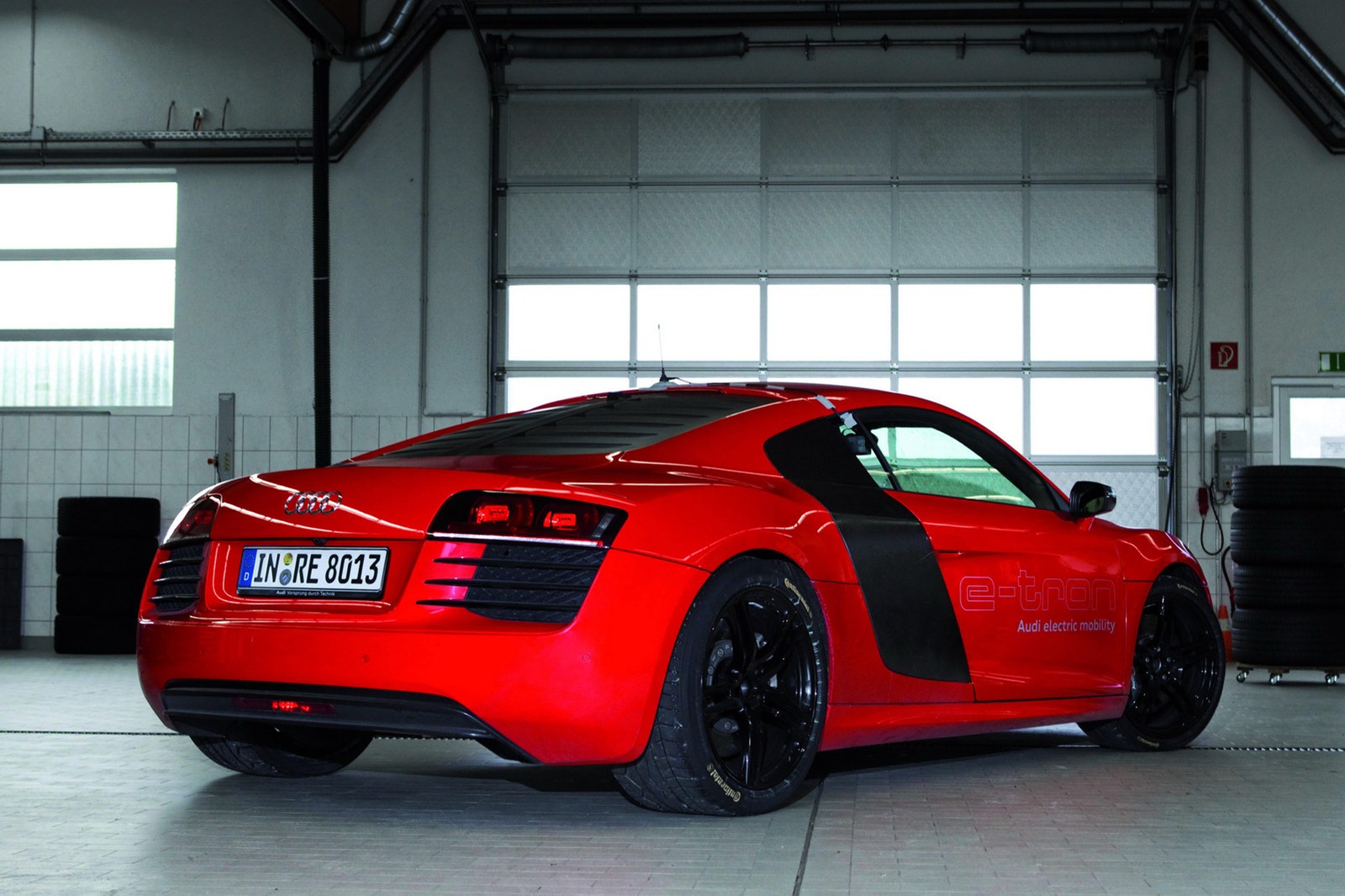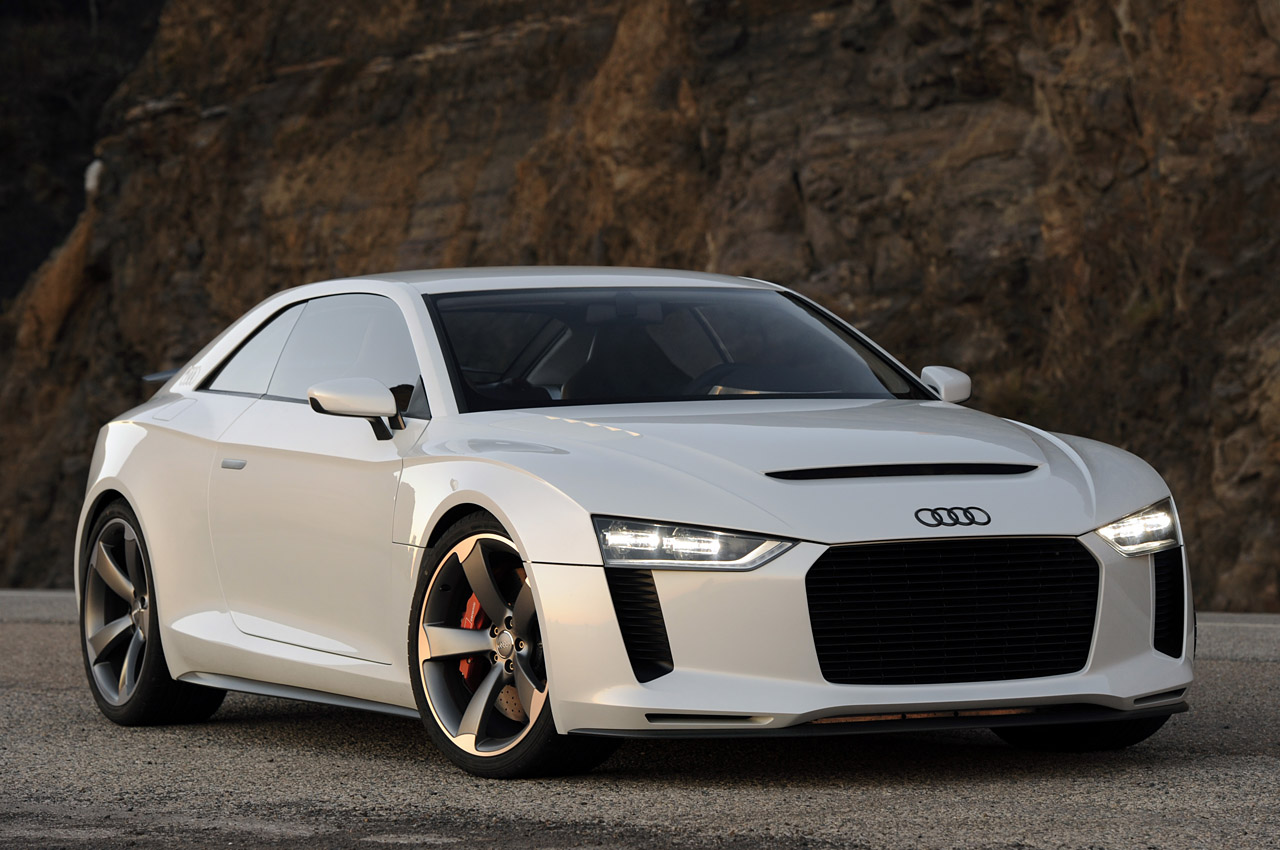Audi is a name synonymous with quality and superior manufacturing - but where did this car come from and how, in its 101 year history, has it become the lauded option for automotive option that it is today?
Audi has origins of existing since 1909 after August Horch was forced out of car manufacturers Horch and set up a competing company in Zwickau. This company was originally called Horch Automobil-Werke GmbH but after a trademark infringement dispute with his previous company (Horch), the company was renamed Audi Automobilwerke GmbH in 1910. Interestingly, Audi is the Latin translation of the word, 'Horch', which would translate to 'hear' in English.
The first Audi car ever manufactured was a 2,612 cc, four cylinder model, which proved to be popular in sporting events. In 1921, Audi became the first German car manufacturer of a production car, the Audi Type K - which was a huge success for the company. Audi also released a six cylinder vehicle in 1924.
Following Horch's departure from Audi in 1920, Jorgen Rasmussen acquired the majority of Audi shares in 1928. In 1932, Audi agreed to merge with Horch, Wanderer and DJW to form Auto Union. Within this, they also created the first European car that combined a six cylinder engine with front-wheel drive. Auto Union vehicles also featured the trademark four rings that are present on Audi cars today.
Unfortunately, due to Germany's involvement in World War II, the Auto Union plants were drastically altered to cater for military production and were consequently heavily bombed. These factories were later dismantled and Germany's Auto Union AG was liquidated. The former Audi factory in Zwickau restarted construction of pre-war models in 1949.
A new Auto Union was launched in Bavaria in 1949 and continued to develop two-stroke engine vehicles. There was, however, no dedicated plant for effective mass production of vehicles. It was only in 1959 that the company were able to construct a plant at the Ingolstadt site.
In 1969, Auto Union merged with NSU, a fellow German manufacturer, who had specialised in motorcycles but aimed for smaller cars. The new company was known as Audi NSU Auto Union AG, seeing Audi as a separate brand since pre-war period. Volkswagen later introduced the USA to the Audio models in 1970.
The first new car was the Audi 100 in 1968, later followed by the Audi 50 in 1972, which would lead to a hugely successful world car. Audi introduced a performance car in 1980, known as the Audi Quattro, which was a great success in rallying. Audi quickly became known as a brand that knew how to develop advances in automotive technology.
In 1985, the official name was shortened to Audi AG, as Auto Union and NSU were effectively dead, becoming the company we now know today.
Audi sales grew rapidly in the 2000s, with particular interest from Eastern Europe and this trend is expected to continue further, with particular success derived from the Audi A4 models. Volkswagen AG currently holds over 99% of the Audi AG share capital.
Today, with a number of 5 star reviews from even the most discerning critics, Audi is an unstoppable brand that represents elegant but functional styling and a monster of an engine in every model.











